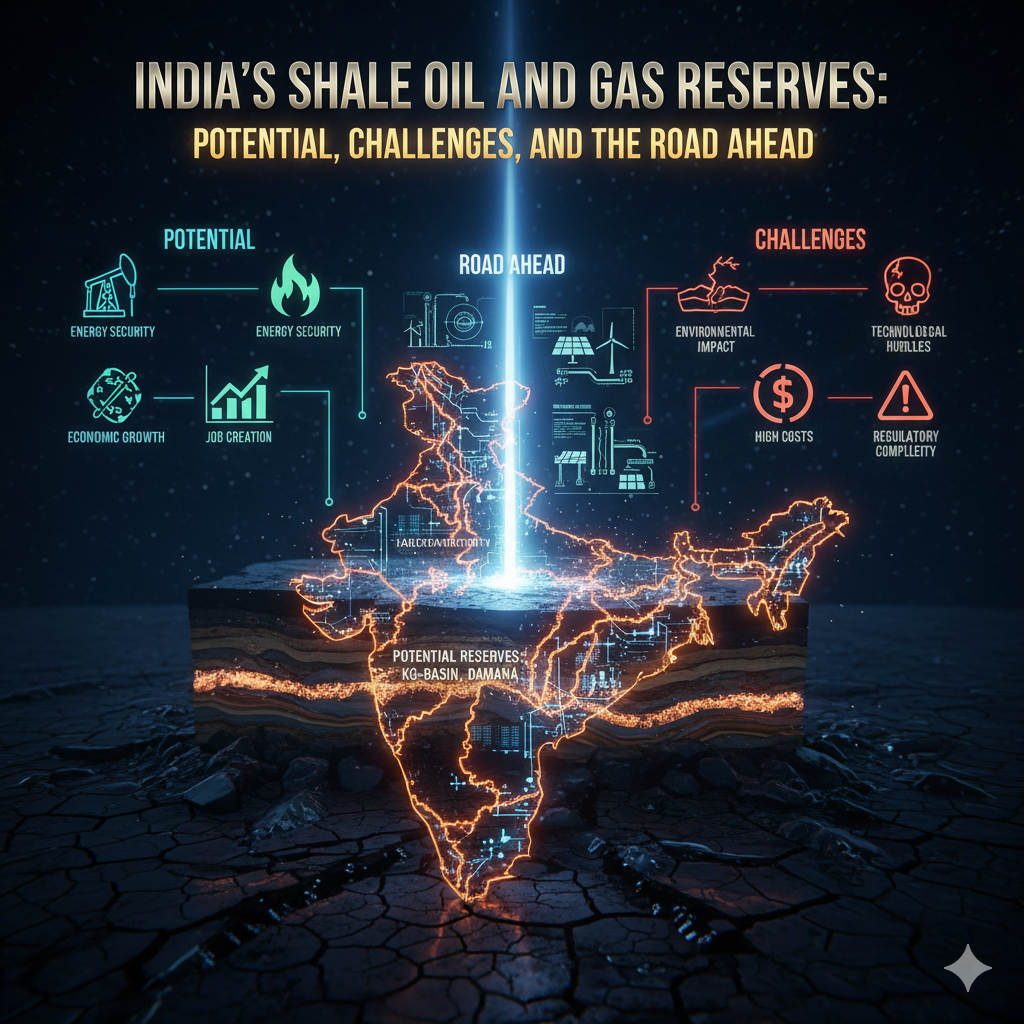Introduction
Agriculture, the backbone of many economies including India, is undergoing a silent revolution driven by technology. As the world faces challenges like climate change, resource scarcity, soil degradation, and a growing global population, traditional farming methods are proving inadequate. In this context, Precision Agriculture and Smart Farming have emerged as transformative approaches that promise to make farming more efficient, sustainable, and profitable.
Precision agriculture (PA) and smart farming use data-driven technologies such as sensors, GPS, Internet of Things (IoT), Artificial Intelligence (AI), and satellite imagery to optimize agricultural inputs and practices. These innovations allow farmers to manage their crops and livestock with unprecedented accuracy, reducing waste and increasing yields. This essay explores the concept, tools, applications, benefits, challenges, and the way forward for precision agriculture and smart farming, particularly in the Indian context.
Understanding Precision Agriculture and Smart Farming
What is Precision Agriculture?
Precision agriculture is a farming management system that uses information and technology to ensure crops and soil receive exactly what they need for optimum health and productivity. It focuses on observing, measuring, and responding to inter and intra-field variability in crops.
Key aspects include:
- Monitoring soil moisture and fertility levels
- Optimizing seed planting and fertilizer application
- Targeted pesticide spraying
- Site-specific irrigation management
What is Smart Farming?
Smart farming goes a step further. It integrates digital technologies, automated equipment, and real-time data analytics to make agriculture more intelligent and automated. It includes:
- IoT-enabled farm devices
- AI-powered decision-making tools
- Drones for field monitoring
- Robotics for harvesting and weeding
Together, precision and smart farming make agriculture data-centric, reducing dependency on intuition and manual observation.
Technologies Driving Precision and Smart Agriculture
Several modern technologies enable precision agriculture and smart farming:
1. Global Positioning System (GPS) and Geographic Information Systems (GIS)
These technologies allow farmers to map fields, track machinery, and analyze spatial data. They help in variable rate application of inputs and efficient farm management.
2. Remote Sensing and Satellite Imagery
Satellites and drones collect high-resolution images of fields, which help in detecting crop stress, pest infestation, and water deficiencies.
3. Internet of Things (IoT)
Sensors installed in fields monitor soil moisture, temperature, pH, and other environmental parameters. These are connected to a central platform through the internet, enabling real-time data access.
4. Artificial Intelligence and Machine Learning
AI algorithms analyze data to predict crop diseases, optimize planting schedules, and improve yield estimation.
5. Big Data Analytics
Large datasets from weather stations, machinery, and field sensors are processed to extract actionable insights.
6. Robotics and Automation
Robots are used for activities like planting, weeding, irrigation, and harvesting, reducing labor costs and improving efficiency.
Applications of Precision Agriculture and Smart Farming
Precision and smart agriculture are being applied in multiple domains:
1. Soil and Crop Monitoring
Soil sensors monitor moisture and nutrient content, helping farmers apply the right amount of fertilizers and water, thus preventing wastage.
2. Variable Rate Technology (VRT)
This technique allows farmers to vary the application of inputs (seeds, fertilizers, pesticides) based on field conditions, increasing productivity and reducing environmental damage.
3. Smart Irrigation Systems
IoT-based irrigation systems optimize water usage by providing water only where and when it is needed, addressing water scarcity issues.
4. Livestock Monitoring
Wearable devices track the health, location, and activity of livestock. This helps in improving animal welfare and detecting diseases early.
5. Predictive Analytics
AI models predict crop diseases, pest outbreaks, and weather patterns, enabling proactive measures rather than reactive responses.
6. Drones and UAVs
Unmanned aerial vehicles are used for aerial mapping, crop spraying, and plant health analysis, saving time and costs.
Benefits of Precision and Smart Farming
The adoption of these technologies offers numerous advantages:
1. Increased Productivity
Data-driven decisions allow for precise input use, leading to higher yields per acre.
2. Resource Efficiency
Optimized use of water, seeds, fertilizers, and pesticides reduces costs and conserves natural resources.
3. Environmental Sustainability
Reducing chemical overuse lowers pollution and protects biodiversity, contributing to eco-friendly farming.
4. Enhanced Profitability
By improving productivity and reducing input costs, farmers can achieve better profit margins.
5. Climate Resilience
Real-time data enables farmers to adapt to changing weather patterns, making agriculture more resilient to climate change.
6. Better Decision Making
Farmers can plan their activities based on accurate data, reducing guesswork and increasing operational efficiency.
Precision Agriculture in India: Current Scenario
While countries like the USA, Germany, and Israel are leading in precision farming, India is gradually catching up.
Government Initiatives:
- Digital India Mission: Promotes the use of ICT in agriculture.
- e-NAM (National Agriculture Market): Digitizes agricultural trading.
- PM-KISAN and Soil Health Card Scheme: Provide data and financial support to farmers.
- AgriStack: A proposed digital database of farmers and land records to aid precision farming.
Startups and Private Sector:
Several agri-tech startups are promoting smart farming solutions:
- CropIn: Provides real-time farm monitoring.
- Fasal: Offers AI-based weather predictions.
- BharatAgri: Delivers personalized crop advice via mobile apps.
- DeHaat: Connects farmers with agri-inputs and market linkages.
Despite these developments, only a small percentage of Indian farmers currently benefit from these technologies due to structural barriers.
Challenges in Adoption of Precision Agriculture in India
1. High Cost of Technology
Sensors, drones, and AI platforms are expensive, making them unaffordable for small and marginal farmers who form over 85% of Indian agricultural households.
2. Lack of Awareness and Digital Literacy
Many farmers are not familiar with digital technologies, limiting adoption.
3. Fragmented Land Holdings
India’s small land holdings make it difficult to deploy large-scale automated machinery or uniform data analytics.
4. Infrastructure Gaps
Limited internet connectivity in rural areas hinders real-time data transmission and cloud-based solutions.
5. Data Privacy and Ownership
There is concern over who controls the data generated by farm devices and whether it can be misused by corporations or governments.
6. Lack of Customization
Many solutions are designed for large-scale commercial farms and may not be suitable for India’s diverse and complex farming systems.
The Way Forward: Building a Smart Farming Ecosystem in India
To make precision and smart farming mainstream in India, a multi-stakeholder approach is needed:
1. Policy Support
Governments must offer subsidies and incentives for the adoption of digital technologies, especially by small and marginal farmers.
2. Strengthening Digital Infrastructure
Improving rural internet connectivity and ensuring access to affordable smartphones and digital platforms is crucial.
3. Farmer Training and Capacity Building
Awareness campaigns, digital literacy programs, and field demonstrations can build trust and understanding among farmers.
4. Public-Private Partnerships
Collaboration between governments, startups, academic institutions, and corporates can drive innovation and scalability.
5. Localized Solutions
Tech solutions should be tailored to suit regional crops, soil types, and climate conditions. Multilingual interfaces and voice-enabled services can aid accessibility.
6. Open Data Platforms
Creating open-access data repositories can democratize innovation and prevent monopolization by big tech companies.
Conclusion
Precision agriculture and smart farming represent a paradigm shift in the way we grow food. By embracing data-driven, automated, and intelligent farming techniques, we can enhance productivity, conserve resources, protect the environment, and improve farmer livelihoods.
In a country like India, where agriculture sustains over half of the population, these technologies hold the key to doubling farmer income, achieving food security, and building climate-resilient agriculture. However, for this vision to materialize, technological innovations must be accompanied by inclusive policies, affordable access, and farmer-centric solutions.
As we move toward Agriculture 4.0, precision and smart farming will not just be an option, but a necessity in ensuring sustainable and secure food systems for the future.




